Scientists Propose a Seed Vault on the Moon to Save Species from Extinction
Scientists are exploring a groundbreaking idea: creating a seed vault on the Moon. This vault would store living cells and seeds from Earth’s species to protect them from extinction caused by climate change and conflict.
The proposal, detailed in BioScience, highlights the urgent need for a secure backup as traditional biorepositories on Earth face increasing threats.
The Inspiration Behind the Proposal
The concept draws inspiration from the Svalbard Global Seed Vault in the Arctic Circle, which stores global samples of primary food crops.
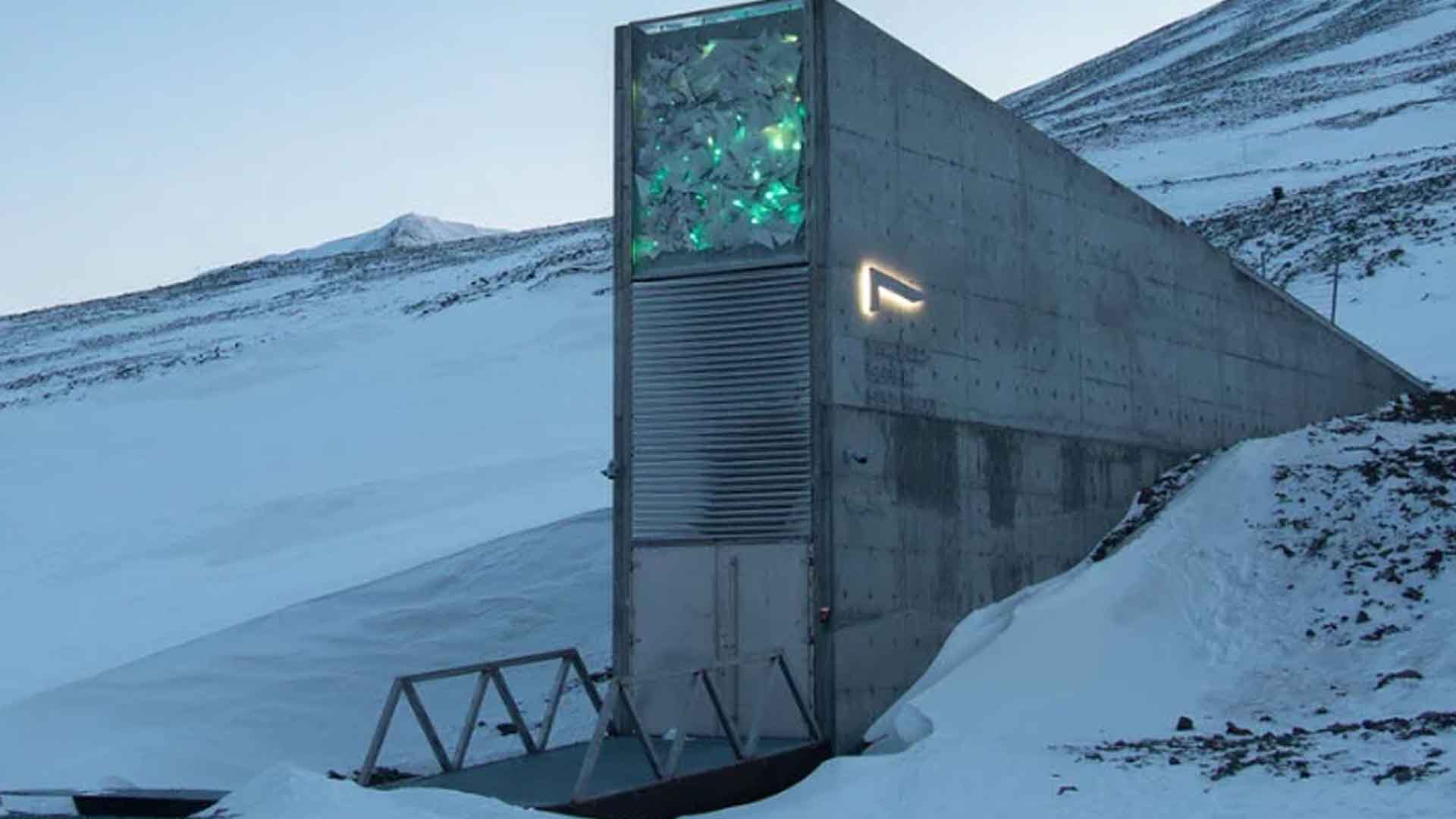
Source: Crop Trust
However, recent flooding incidents at Svalbard and the 2022 destruction of Ukraine’s seed bank have exposed the vulnerabilities of Earth-based repositories, showing the need for a more secure location.
Why the Moon?
The Moon’s unique environment makes it an ideal candidate for a bio-vault. Deep craters near the polar regions, which never see sunlight, offer frigid conditions perfect for long-term preservation of biological samples.
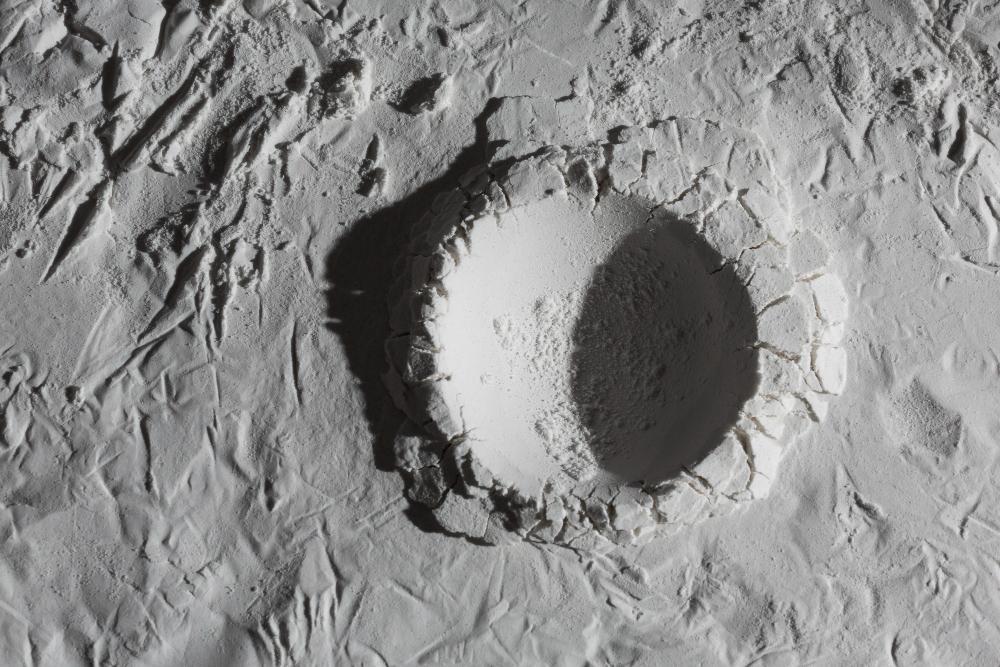
Source: Freepik
These naturally cold temperatures could maintain the -196 degrees Celsius needed without human intervention or energy sources.
The Role of Cryopreservation
Cryopreservation, a technique where cells are stored at ultra-low temperatures to halt biological activity, is key to the proposal.
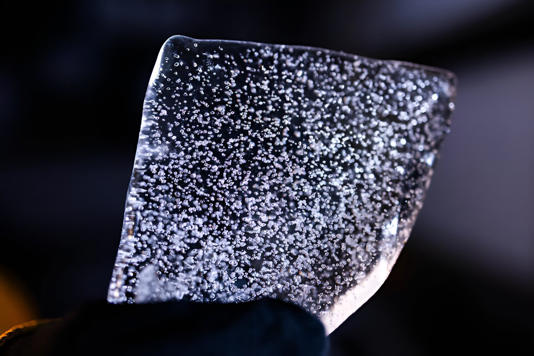
Source: Katherine Stelling, Oregon State University
Dr. Mary Hagedorn’s team has successfully used this method to preserve living cells from the starry goby fish. This success demonstrates the feasibility of preserving other species in a similar manner.
Addressing the Critics
While some argue that efforts should focus on preventing species extinction on Earth, Dr. Hagedorn advocates for a dual strategy.
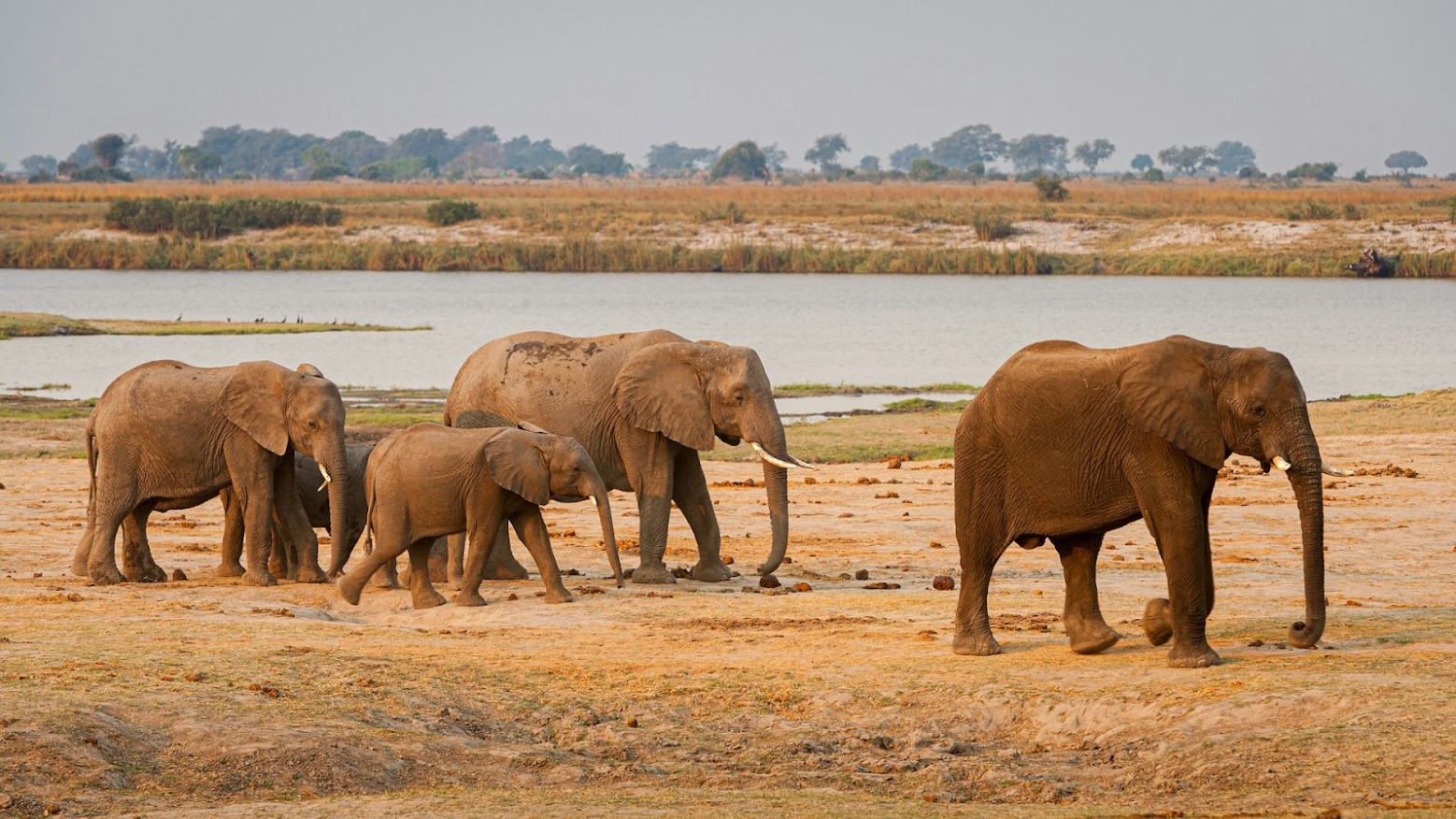
Source: Chris Stenger/Unsplash
She emphasizes the need for both proactive conservation and backup plans, cautioning against a linear approach that could leave us unprepared if current efforts fail.
Technical and Logistical Challenges
Establishing a lunar bio-vault involves significant challenges beyond biology. Key steps include developing durable packaging for the samples to withstand space conditions and organizing their transportation to the Moon.
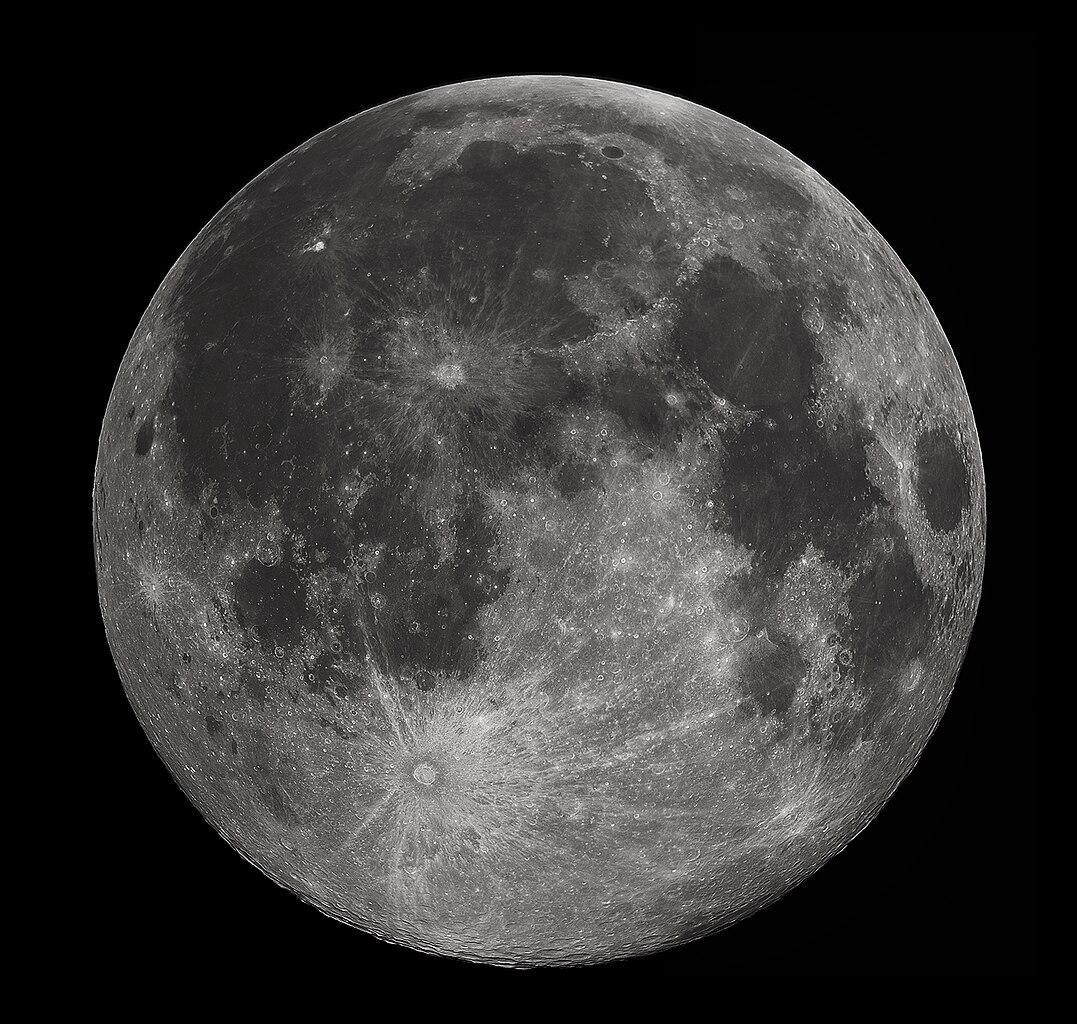
Source: Wikimedia
Hagedorn envisions that as lunar exploration and space travel become more frequent, small parcels of cryopreserved samples could be added to lunar missions.
The Importance of Preserving DNA Samples
Preserving DNA samples is crucial for future repopulation efforts.
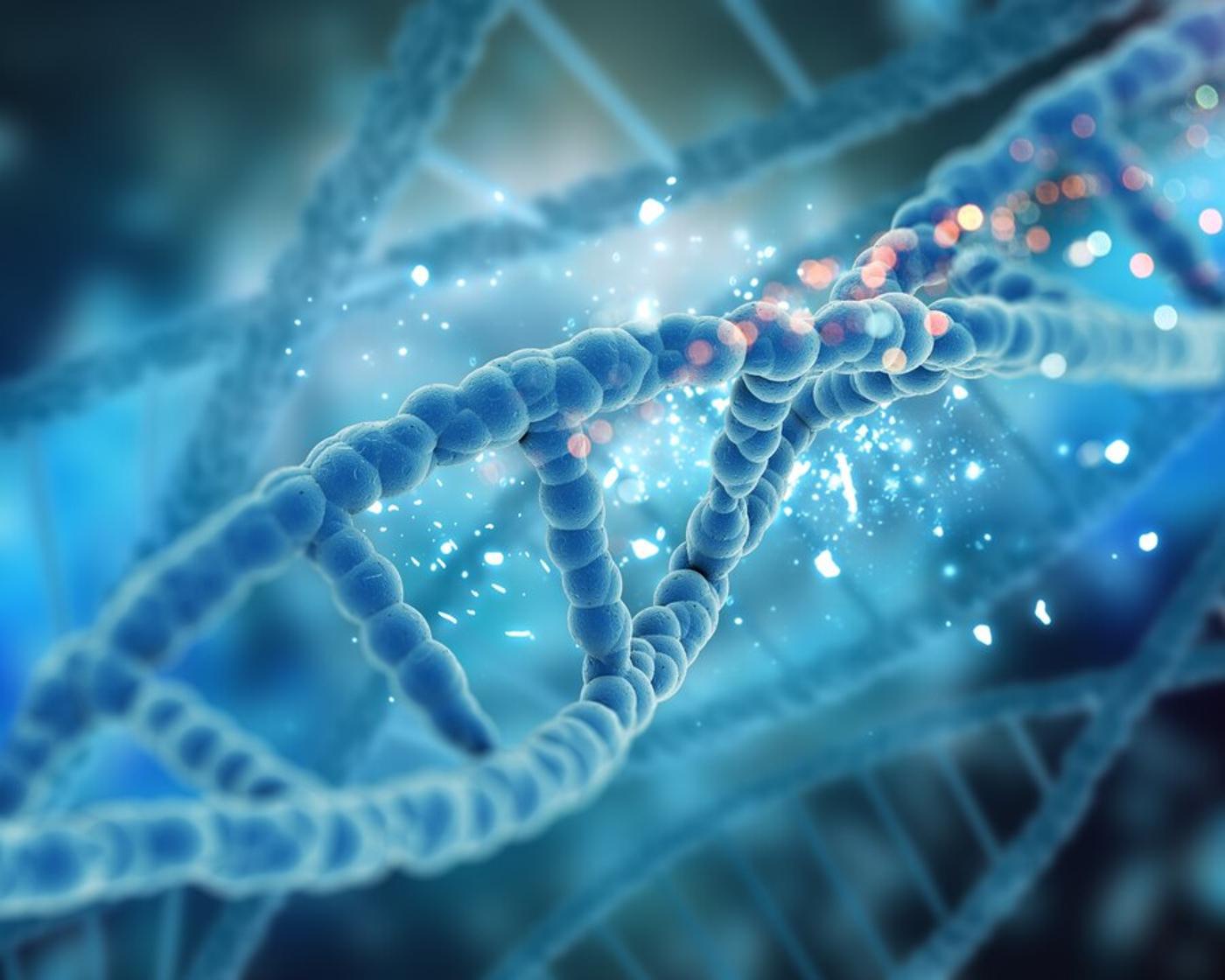
Source: Freepik
These samples could enhance genetic diversity in small populations of critically endangered species or even clone and create new individuals if a species goes extinct.
Learning from Svalbard's Lessons
The Svalbard Global Seed Vault has provided valuable lessons for the lunar bio-vault proposal. Despite its remote location and advanced design, Svalbard has faced challenges from climate change.
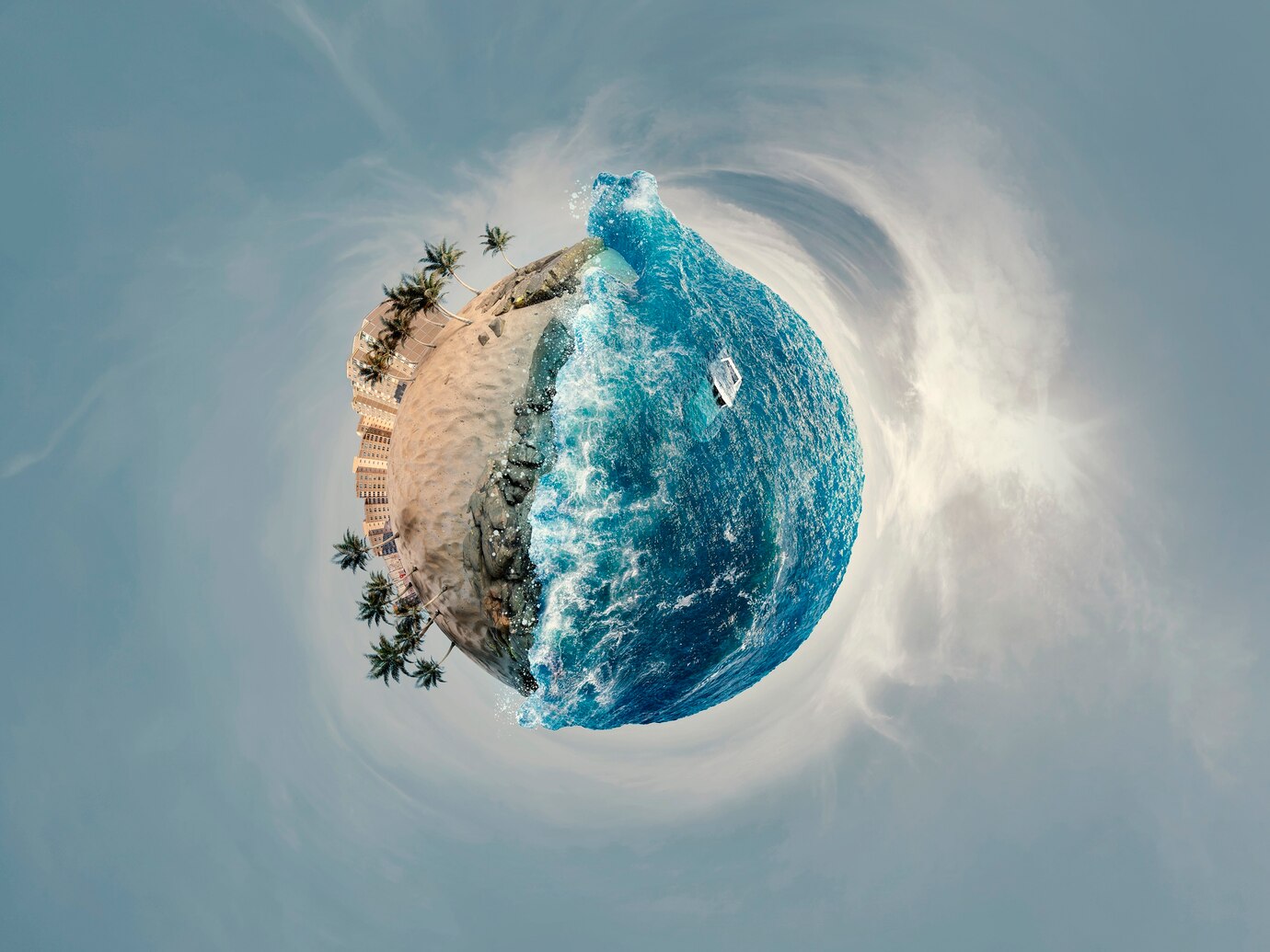
Source: Freepik
Flooding incidents have highlighted the need for an even more secure backup to safeguard our planet’s biodiversity.
The Vision for the Future
Hagedorn and her team believe the lunar bio-vault will eventually become a reality, although it may take decades to achieve.

Source: Heritage Space/Heritage Images/Getty Images
Their vision involves international cooperation and innovative solutions to ensure the long-term survival of Earth’s diverse species. The proposal aims to inspire global action and highlight the extreme measures needed to protect biodiversity.
Generating Excitement and Support
The scientists hope their proposal will generate excitement, new ideas, and international partnerships. They seek to create a sense of urgency and inspire creative solutions to address the challenges of preserving biodiversity.
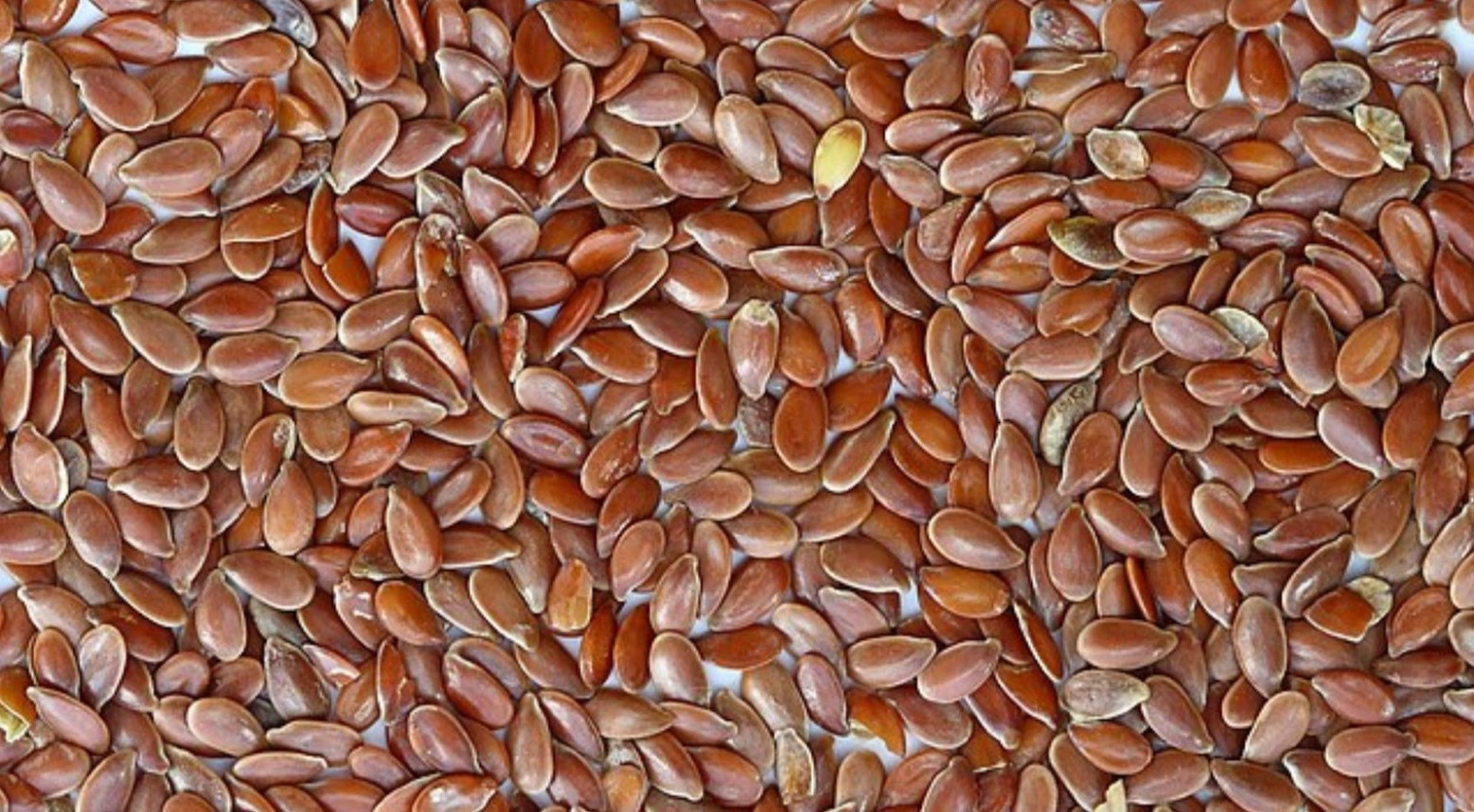
Source: Sanjay Acharya/Wikimedia Commons
By sparking global interest, they aim to bring this visionary project closer to reality.
A Dual Strategy for Conservation
Dr. Hagedorn highlights the power of parallel thinking over linear approaches.
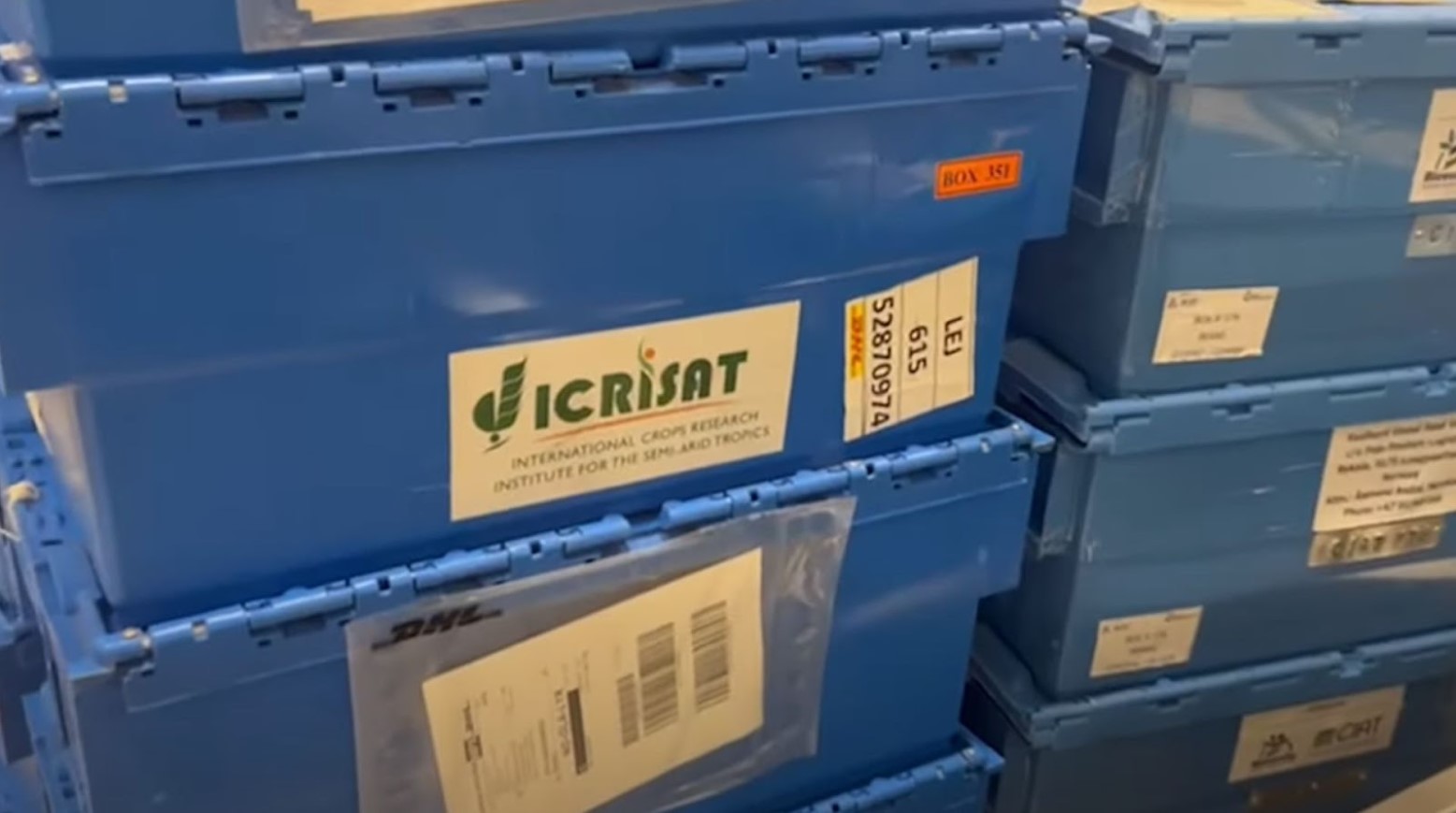
Source: Crop Trust/YouTube
By embracing both proactive conservation and backup strategies, the thought is that we can significantly boost our efforts to proactively protect as many species as possible.
The Path Forward
Developing the lunar bio-vault will require significant investment and collaboration. The next steps involve refining the packaging for space conditions and planning the logistics of transporting the samples.
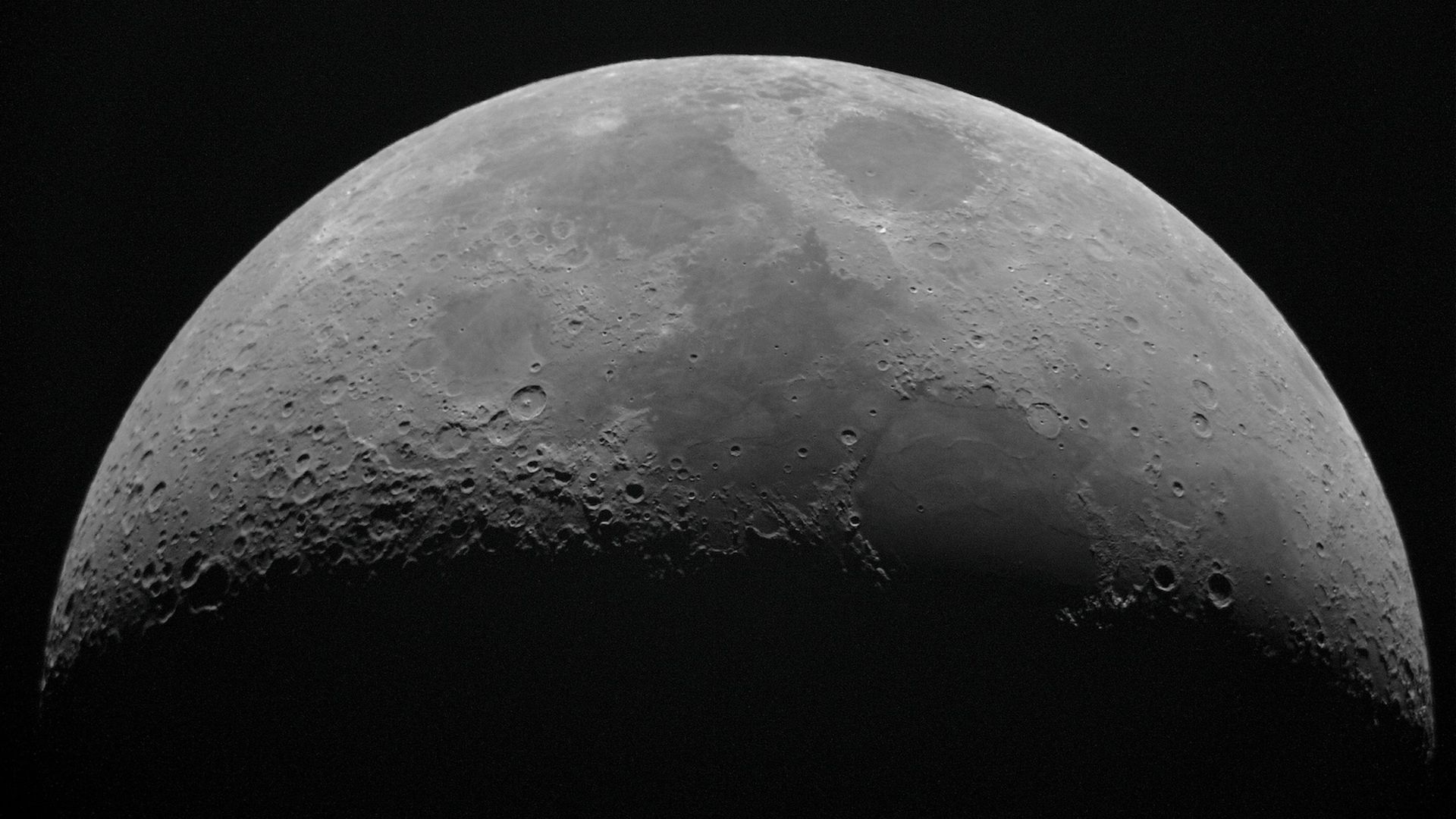
Source: Nicolas Thomas/Unsplash
As lunar exploration advances, the dream of a bio-vault on the Moon may too become a reality, offering a secure backup for Earth’s precious biodiversity.
